Did you know that the beginnings of wireless charging can be traced back to the late 1800s? It was when Nikola Tesla described his experiment on wireless electricity transmission. In his early experiment, he wirelessly lit up incandescent and phosphorescent lamps in New York City through resonant inductive coupling. In a nutshell, there’s one device that works as a transmitter while another is the receiver. If you’re wondering how wireless charging works on a mobile phone, we can say Tesla’s experiment had been a very helpful basis for today’s technology.
While Tesla’s experiment wasn’t much in the news, in the recent decade there has been a turnaround of events when tech giants Apple, Samsung, and Google started adopting wireless charging technologies into their smartphones and flagship devices.
Today, there are numerous wireless charging smartphones, smartwatches, earphones, and other wireless accessories in use. As a result, all kinds of devices, ranging from smart home appliances and cars to laptops and mobile phones, have started “cutting the cord.”
What Is Wireless Charging?

As its name suggests, wireless charging or inductive charging (Qi enabled charging) is the process of transferring the power from a power outlet (transmitter) to your smartphone (receiver) without plugging a cable or cord. If you are wondering, how does wireless charging work on your mobile phone, then you just simply put your phone—and any device for that matter—that support wireless charging on a wireless charging pad, which is the transmitter.
However, it’s not entirely cord-free since the wireless charging pad still has the cord plugged from the power outlet into itself. The greatest advantage, especially if you have more smartphones, is that you can have a “one size fits all” solution for charging all your wireless-enabled devices all at once.
Do I Need a Wireless Charging Phone?
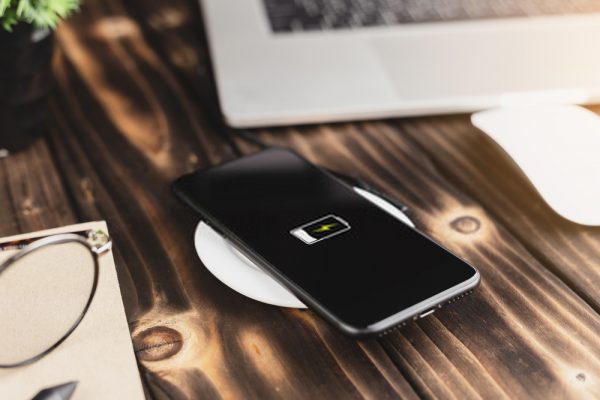
With more and more smartphones and flagship devices integrating the wireless charging technology, chances are your smartphone is already wireless charging-enabled by default. On the contrary, you can purchase any third-party integrations so you can have your smartphone be compatible with wireless charging. One of the well-known alternatives is using a wireless charging case. It is simply a case for your mobile phone that is integrated with a wireless charging receiver into it. That said, your smartphone is protected while utilizing wireless charging features at the same time.
Therefore, to answer one of the most common questions, “Do I need a wireless charging phone?” is entirely dependent on one’s preference and need. If you are used to the standard way of charging your smartphones, then stick with wired charging. Nevertheless, if you’d like a cleaner and easier way to charge your phones, then go for wireless charging.
How Does Wireless Charging Work?
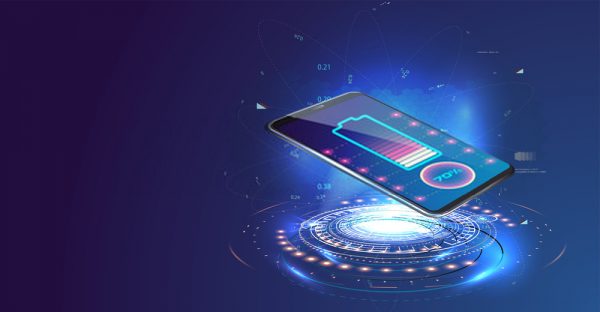
As mentioned, wireless charging is similar to Nikola Tesla’s experiment, or perhaps derived from his idea. It is based on inductive charging, whereby in the case of a smartphone, power is made by passing an electrical charge through two coils to produce an electromagnetic field.
On your smartphone, when the receiving magnetic plate is in direct contact with the transmitter, the magnetic field produces an electrical current within your mobile phone. As a result, the electrical current is transformed into direct current, which eventually charges your phone’s built-in battery.
What Are the Pros and Cons of Wireless Charging?
The noteworthy and most obvious benefit of wireless charging is it eliminates annoying cables and cords while charging your mobile phone and other devices. You’ll no longer have to deal with broken, missing, or tangled charging cords or adapters every time you’re running out of battery.
The bad news is that wireless charging isn’t compatible with metal through the latest technology. The majority of wireless charging mobile phones have either glass or plastic rear, and the former makes them more delicate. For smartphones with thick cases, wireless charging might be intermittent. However, it may also not work properly with thinner cases. That said, it entirely depends on your phone and the charger.
Pros
- – Qi-enabled wireless charging pads are becoming popular around the world.
- – If you forgot to bring a charging cable with you, you can just simply place your phone on a wireless charging surface from a coffee shop, office, library, or any charging area.
- – The charging ports of your smartphones won’t easily deteriorate.
- – When charging your smartphones, it’s as easy as dropping or placing your smartphone on a tabletop with the charging pad on it.
- – It’s the safest way to transfer power/charge to your mobile phone.
Cons
- – Not all smartphones are enabled with wireless charging; therefore, you’ll need to invest additional expenses in wireless charging accessories.
- – Unlike wired charging, you can’t use your smartphone while it’s still charging on the charging pads. Once you lift your phone away, it stops charging.
- – Since it has a lower charging capacity, wireless charging is slower than wired charging.
Is There Any Standard for Wireless Charging?
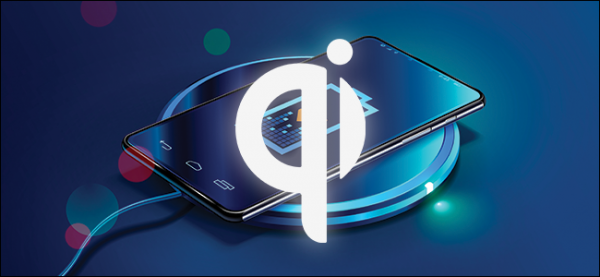
If you are wondering how wireless charging works on your mobile devices, then you will probably be curious about its standards. Speaking of wireless charging standards, you might have probably encountered “Qi” a lot of times. The reason for that is it is definitely the primary wireless standard. It is originally from WPC, or the Wireless Power Consortium, for inductive charging with distances of a maximum of 40 mm.
Qi has become dominant in the digital era in terms of wireless charging technologies. That said, the majority of smartphone giants such as Apple, Samsung, Huawei, OnePlus, Oppo, and LG among others have integrated Qi in their wireless charging smartphones and flagship devices.
Qi’s wireless charging standards have three distinct power specs. It starts with low power that primarily integrates into smartphones. Currently, numerous wattages can be used. At the minimum, 5W is the standard. However, some smartphones are already compatible with 7.5W, 10W, and a maximum of 15W while some can go as high as 30W in the newer variants of Qi. On the contrary, individual companies such as Samsung have developed their own wireless charging technologies to provide ultra-fast wireless charging capacities.
A lesser-known wireless charging standard is Powermat; however, Qi remains dominant in this field. It’s a wireless charging company that even uses Qi wireless charging standards. With Qi’s supremacy in the world of wireless charging, Powermat has eventually decided to join forces with WPC to expand Qi.
What Do I Need for Wireless Charging?
With wireless charging, you only need two things – your wireless charging-enabled smartphone, and a wireless charging pad. But what happens if your smartphone isn’t compatible with wireless charging? This is where wireless charging accessories come in handy.
The three major categories of wireless charging accessories for your smartphones include:
Wireless Charger Only
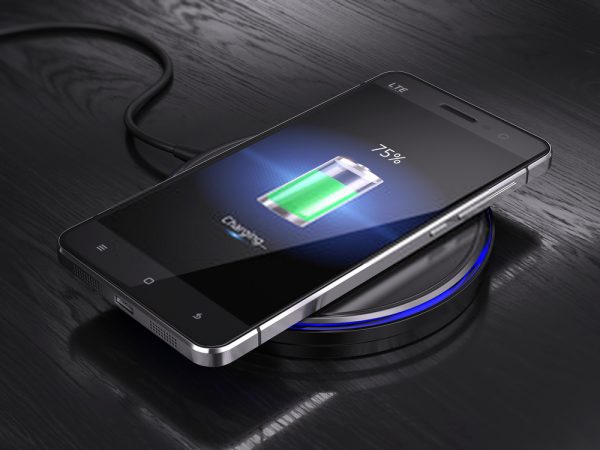
This wireless charging accessory is mostly compatible with the latest flagship smartphones. These phones already have the Qi wireless charging capabilities integrated on itself.
Wireless Charging-Compatible Replacement Rear Case / Cover + Wireless Charging Pad

This combination of wireless charging accessories is for the older predecessors of the latest flagship or premium smartphones. For example, Apple iPhone 7, Samsung Galaxy A71, and Google Pixel 2/2 XL among others.
Also read: How to Use Wireless Charging on iPhone 7
Universal Adapter + Wireless Charging Pad
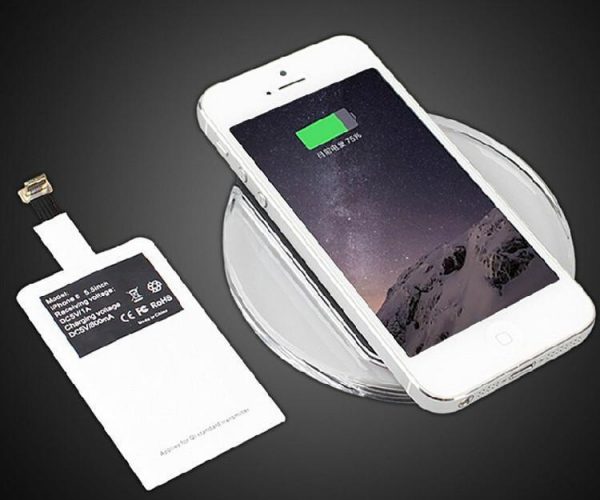
This combination of wireless charging accessories is for the old models of smartphones that no longer belong to the other two categories.
Once you’ve determined how compatible your smartphone is with wireless charging, then it’s time to buy a wireless charger. In a nutshell, there are several Qi wireless chargers with a variety of colors, shapes, and sizes available on the market. Whether for home/office desk, for your vehicle, or as portable Qi battery packs, there’s absolutely one that suits your style and preference.
Is It Cost-Saving to Use a Wireless Charging Phone?
Wireless charging is convenient, but is it cost-efficient? As explained above, more and more flagship devices and smartphones from your favorite brands have already hopped into the wireless charging bandwagon. Therefore, regardless if wireless charging is mandatory or not, you’ll buy a wireless charging phone anyway. However, if you’re really tight on funds at the moment, then it’s definitely cheaper to buy a smartphone without wireless charging capabilities.
Once you’ve decided to give wireless charging a try, then you’ll have to determine the type of wireless charging accessory you’ll need. That said, it’ll be relevant to the next question we’ll discuss below.
Is It Cost-Efficient to Use a Wireless Charger?
In general, wireless charging accessories are expensive. It is because they’re a fairly new technology that comes with a hefty rate. Depending on the brand, size, and model, they range from $30 to $120 for a quality wireless charging pad.
As a cost-saving tip, you can purchase bigger wireless charging pads so you can charge multiple devices all at once. It applies if all your devices support wireless charging capabilities.
We hope this article has shed a light on whether to go for wireless charging phones or not. After all, there’s definitely a wide range of smartphones that are already Qi-enabled or integrated with wireless charging features. If not, you can just go for a third-party implementation to have it enabled.
Do you have any firsthand experience with wireless charging on any type of device? If yes, other readers would like to know your insights and recommendations in the comments!
